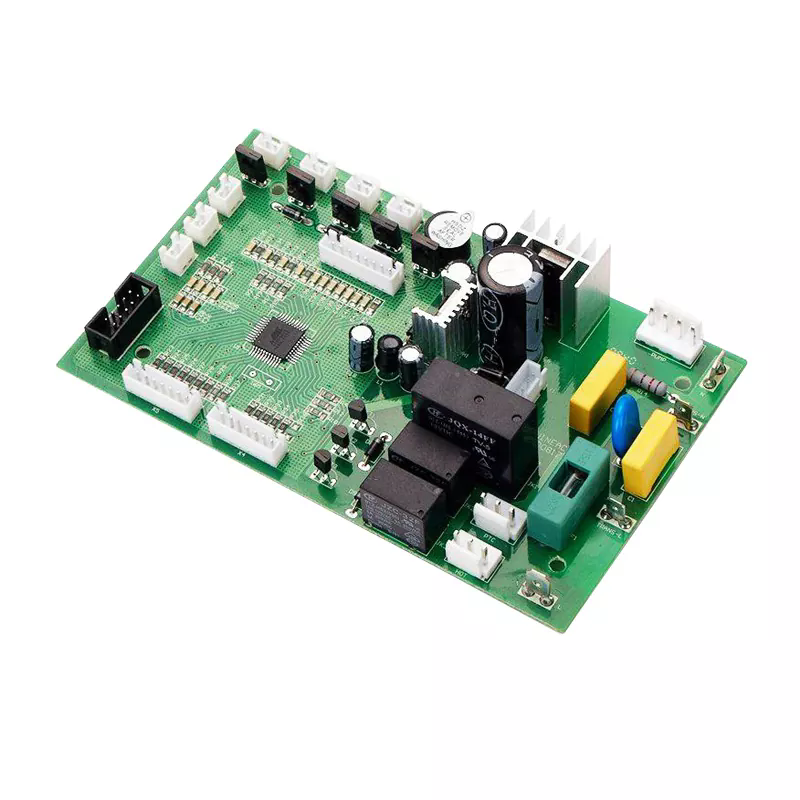- English
- Español
- Português
- русский
- Français
- 日本語
- Deutsch
- tiếng Việt
- Italiano
- Nederlands
- ภาษาไทย
- Polski
- 한국어
- Svenska
- magyar
- Malay
- বাংলা ভাষার
- Dansk
- Suomi
- हिन्दी
- Pilipino
- Türkçe
- Gaeilge
- العربية
- Indonesia
- Norsk
- تمل
- český
- ελληνικά
- український
- Javanese
- فارسی
- தமிழ்
- తెలుగు
- नेपाली
- Burmese
- български
- ລາວ
- Latine
- Қазақша
- Euskal
- Azərbaycan
- Slovenský jazyk
- Македонски
- Lietuvos
- Eesti Keel
- Română
- Slovenski
- मराठी
- Srpski језик
Characteristics of Electronic Assembly
2024-07-25
Electronic assembly refers to the process of attaching electronic components to a printed circuit board or PCB. It is a critical stage in the manufacture of electronic devices. The characteristics of electronic assembly have evolved over the years due to the evolution of electronic components, advancements in manufacturing processes, and the increasing demands for high-quality electronic devices.

One of the key characteristics of electronic assembly is miniaturization. With the miniaturization of electronic components, it has become possible to fit more components onto a PCB, making electronic devices smaller and more portable. Miniaturization has also led to the development of microelectronics, which involves the integration of electronic circuits onto a single chip.
Another characteristic of electronic assembly is the use of advanced manufacturing processes. These processes include surface mount technology (SMT), ball-grid array (BGA), and chip-on-board (COB). SMT involves the mounting of components on the surface of a PCB using solder paste and a reflow oven. BGA involves the use of a ball-shaped attachment for components rather than traditional leads, allowing for a higher density of connections. COB involves mounting a bare chip directly onto a PCB, reducing the size of the device.
Quality assurance is also an important characteristic of electronic assembly. Electronic devices are made using a large number of components, and any defects in those components or in the assembly process can lead to device failures. Manufacturers use a range of techniques to ensure quality, including visual inspections, automated optical inspections, and X-ray inspections.



